
 |
Home | Tibet Guge Main | Contact |
Updated: October 2011. Click on an image to see the FULL size with a caption.
The following reference information is included:
My rating scale:
 Excellent ;
Excellent ;
 Very Good ;
Very Good ;
 Good ;
Good ;
 Fair ;
Fair ;
 Poor.
Poor.
The travel guides to Tibet have a good description of the Mount Kailash kora and the surrounding area, including Lake Manasarovar and the Guge Kingdom:

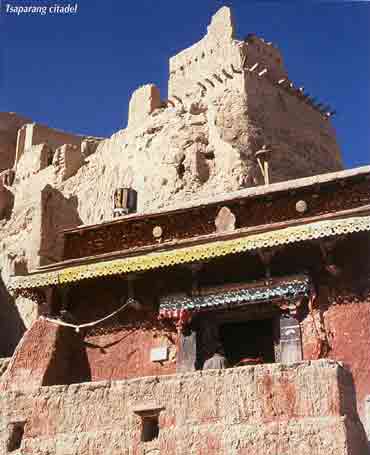
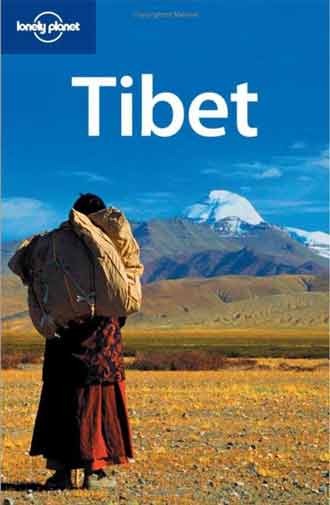

by Sian Pritchard-Jones and Bob Gibbons. An excellent book from Cicerone detailing the Kailash trek, including the Simikot trek and the Guge Kingdom. Contains 11 maps and almost 100 photos with 20 pages, 1 map and 11 photos for the Guge Kingdom.

Lonely Planet is my favourite series with the right amount of detail, well written and accurate.
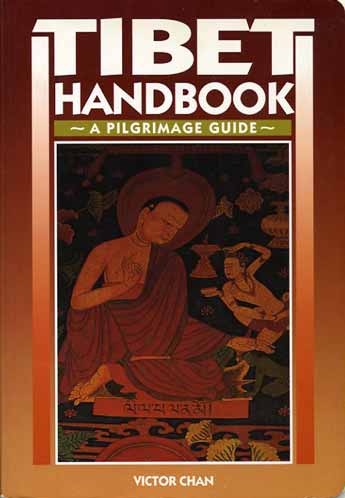


by Victor Chan - over a thousand pages, extremely detailed travel and pilgrimage guide. I highly recommend it if you want to know more than Lonely Planet offers.

by Atsushi Kanamaru (Editor). An excellent book with lots of, eh, maps, detailing among other things the trip to Tibet Guge.
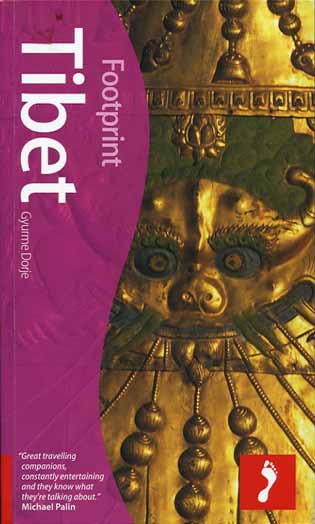


by Gyurme Dorje. The amount of content is a bit more than Lonely Planet. The 14-page section on Tibet Guge and Lake Manasarovar, and the 13-page section on the Guge Kingdom are very good.

by Michael Buckley. The amount of content is less than the Lonely Planet. The maps are very good, but there aren't enough of them. The section on the Guge Kingdom is a bit skimpy. The 6-page section on Tibet Guge is good.
The Guge Kingdom in Western Tibet is featured in a few books. Here are my favourites:
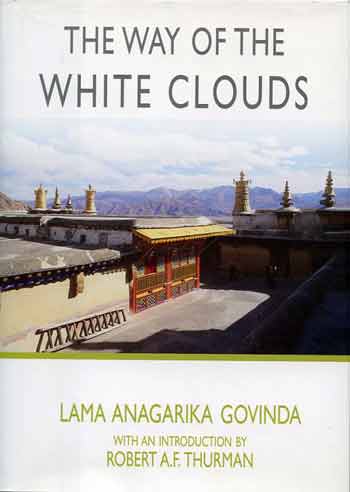
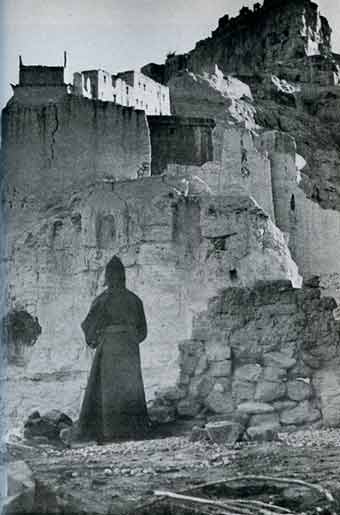

by Lama Anagarika Govinda. Kind of an autobiography, Govinda's recount his travels through Sikkim, Central and Western Tibet, relying heavily on Tibetan Buddhism teachings and traditions. Over half of the book deals with his spirituality and learning from his guru. There are 28 pages describing Kailash and the kora - absolutely excellent! He then travels to Tsaparang, describing his stay and the temples in 31 pages.
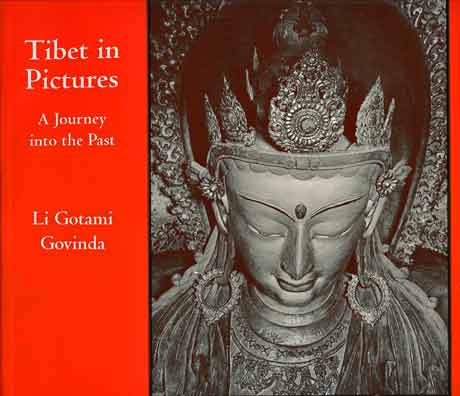
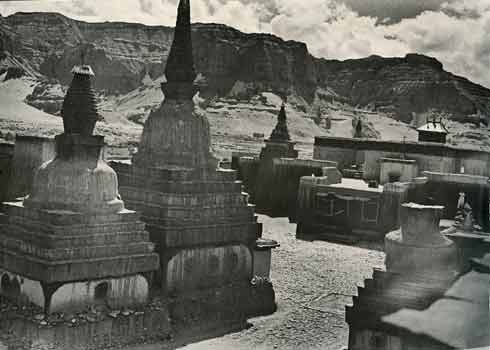
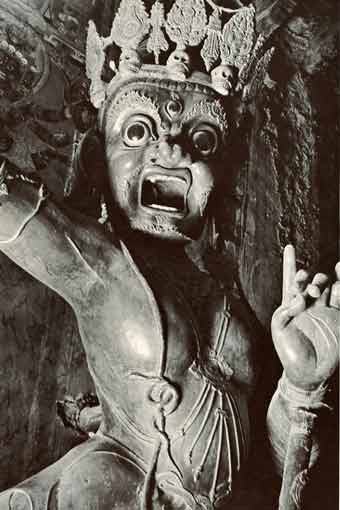

by Li Gotami. Published 2002. A perfect companion book to husband Lama Angarika Govinda's Way of the White Clouds, Li Gotami recounts with over 200 black and white photographs their travels from 1947 to 1949 to Central and Western Tibet. The book helps capture a lost time before the Chinese invasion.
Originally published as two volumes, the first part details their visits to Sikkim, Gyantse and Shigatse. The second part starts with their visit to holy Mount Kailash and Lake Manasarovar in Western Tibet. They then traveled to the Guge Kingdom of Tholing and Tsaparang, staying for three months. Each day they ventured into the temples to sketch and photograph, capturing the state of many of the statues before they were damaged or destroyed by the Chinese in the Cultural Revolution.
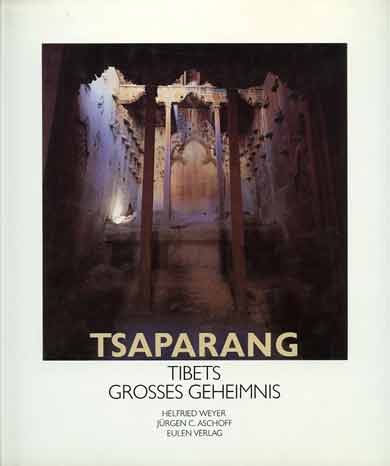
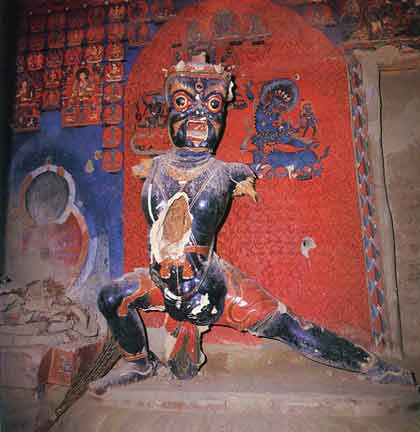
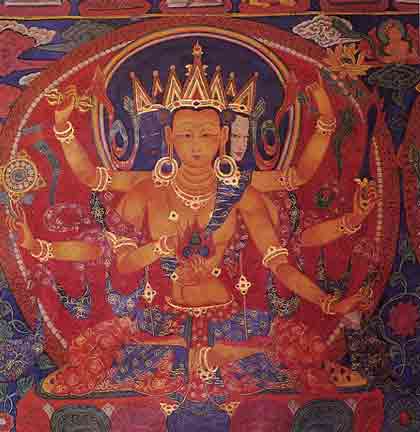

Photos by Helfried Weyer. Text by Jurgen C. Aschoff. Published 1987. In German. A larger format, mainly photographic, book of the paintings and statues of Tsaparang. There are 50 pages of colour photos.
The photos are excellent, detailing much of what you will see at Tsaparang.
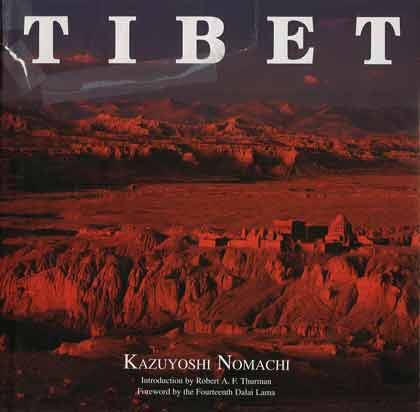
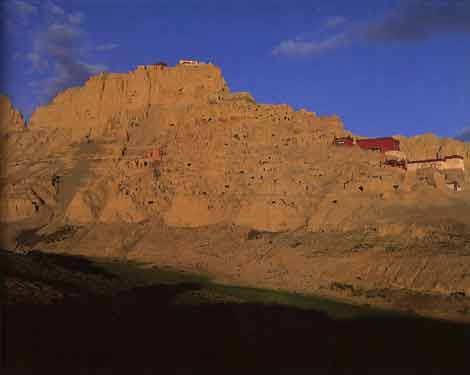
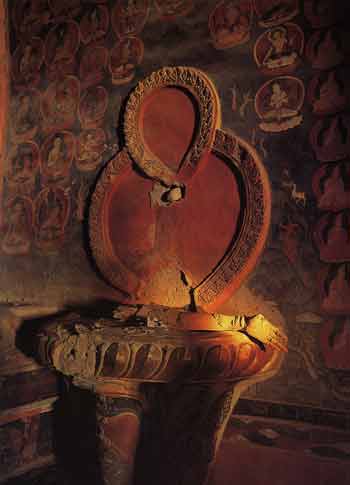

by Kazuyoshi Nomachi. Published 2001. An excellent coffee-table-type photographic account of Tibet. The cover is Tsaparang. There is a 22-page section on Kailash and a 24-page section on the Guge Kingdom and Tsaparang and Toling.
There is an introduction by His Holiness the 14th Dalai Lama, another introduction by Robert Thurman, and brief overviews of each photographic area of Tibet in the book. There are some photos of Gyantse, Tingri, and Lhasa, among the other parts of Tibet.

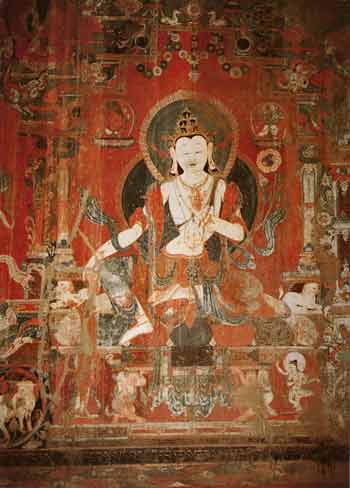
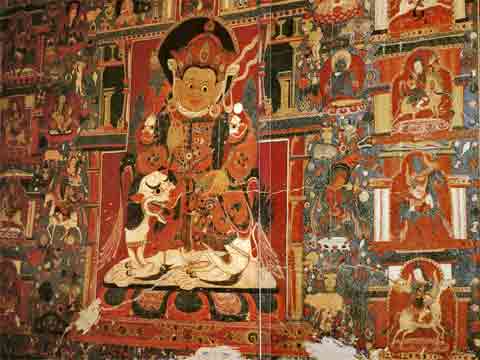

by Ewald Hein and Günther Boelmann. Published 1994. The best book about Tholing is in German. Each and every painting in the White Temple is featured in a full page colour photo. I really appreciated going though the photos and researching the paintings before I went to the Temple.

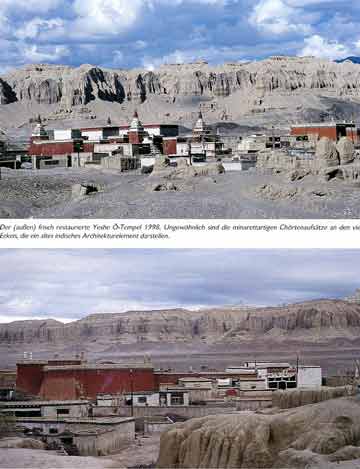
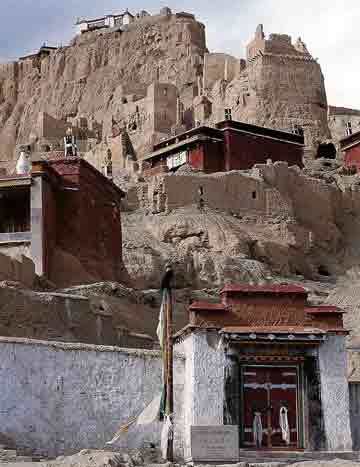
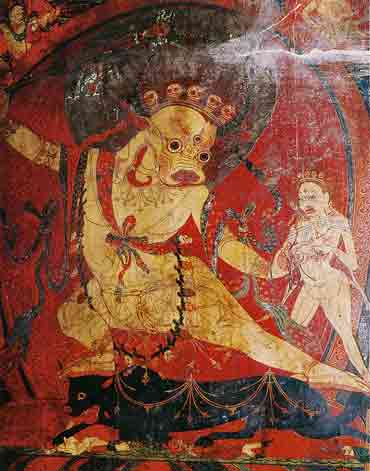

by Martin Thöni. Published 1999. Another great German coffee-style book with excellent photos of Kailash, the Guge Kingdom with Tholing and Tsaparang, and getting to Kailash via road from Kathmandu or by hiking from Simikot.
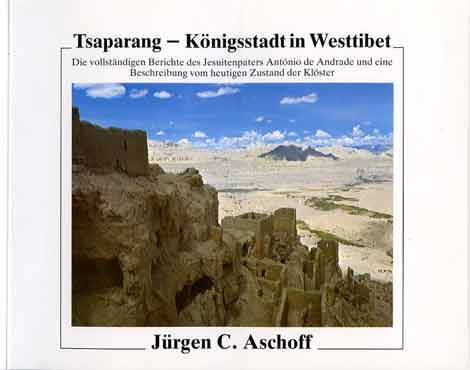
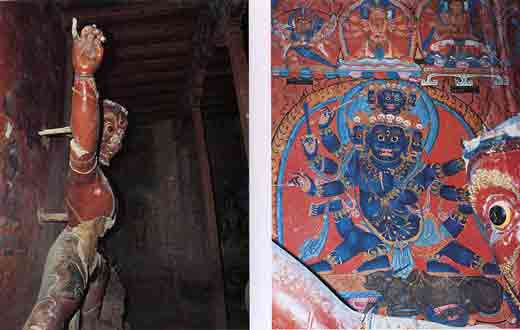
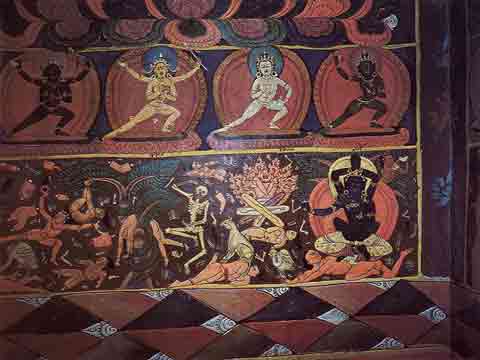

by Jurgen C. Aschoff. Published 1997. In German, Aschoff details the history of Tsaparang, including a list of the Guge Kings from 900 to 1630, and a description of each temple. There are 37 pages of colour photos of the paintings and statues at Tsaparang, one map, and and one route map of Tsaparang's temples.
The photos are very good, detailing much of what you will see at Tsaparang.
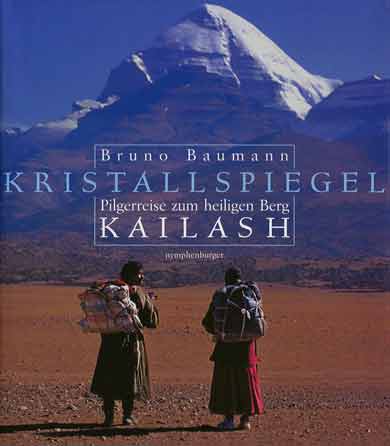
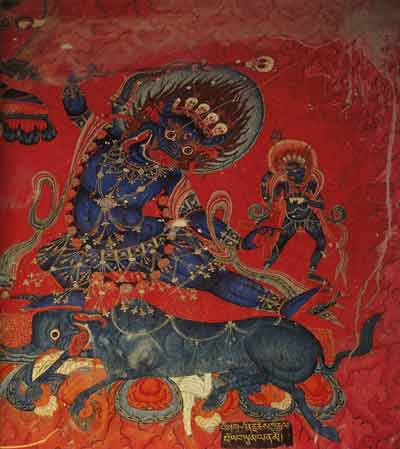

by Bruno Baumann. This is an absolutely excellent coffee-table-type photographic account of Mount Kailash, Lake Manasarovar, Tirthapuri and Tsaparang (Guge Kingdom). The photo captions are in German, but the photos speak for themselves.
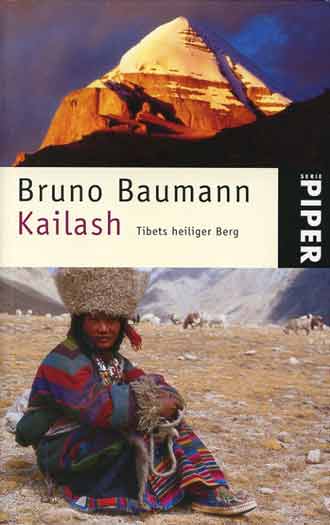


by Bruno Baumann. This 373-page paperback-size book is a great companion to Baumnann's Kristallspiegel coffee-table type book, describing his trips to the Kailash area over a 15-year period. It has many more photos, although smaller in size, and some great maps.
The book has chapters on Buddhism, getting to the source of the Yarlung Tsangpo (Brahmaputra), trekking from Simikot to Kailash and the source of the Karnali, the Guge Kingdom including Tholing and Tsaparang, to the source of the Indus, Lake Manasarovar, and of course Kailash.
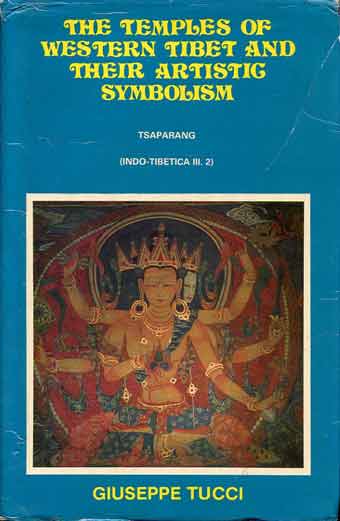
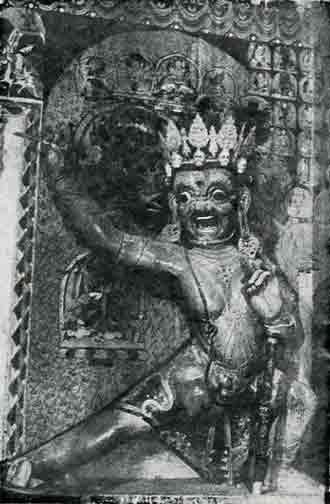

by Giuseppe Tucci, the famed Italian scholar who specialized in Tibet and history of Buddhism.
Originally published in 1935, this is a great book if you want to know the details of Tsaparang before the Chinese invasion - the paintings, statues and their meanings.
This book also has 152 pages of black and white photographs of the various paintings and statues.
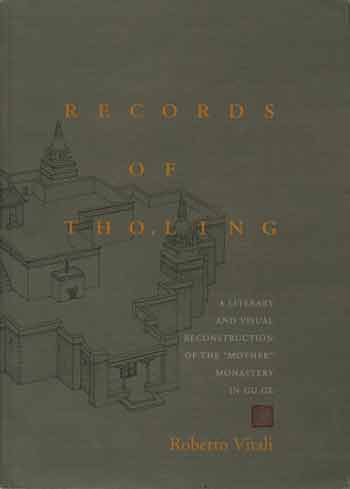
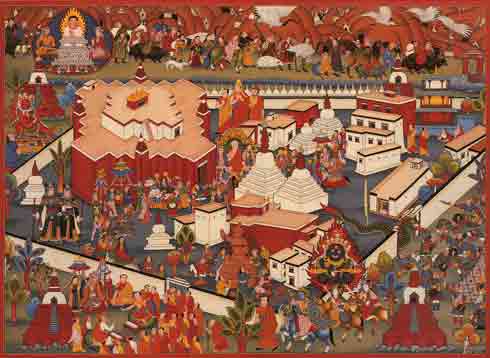

by Roberto Vitali. Published 1999. This is a very professorial, detailed book recounting as best as possible the history of Tholing from its founding in the 900s to its collapse in the 1600s.
It has a couple of great colour reenactments of what Tholing might have looked like in its heyday that really let me visualize the site when I actually visited it.
Travel and informational websites:
I thoroughly enjoy reading other people's travelogues and looking through their photos. Here are my favourites:
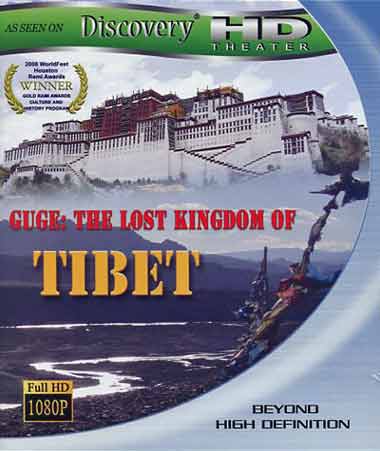
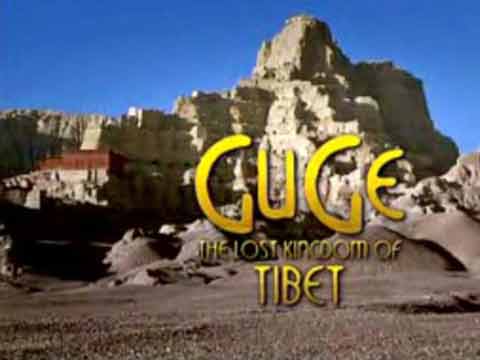
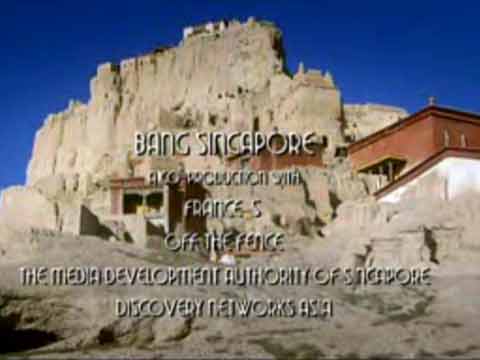

Directed by Yang Shu. Narrated by David Kersten. 52 minutes. Released 2008. American archaeologist John Bellezza joins Tibetan historian Tsering Gyalpo in telling the story of how the Guge Kingdom came to flourish and then collapse. Using reenactments, the story features the riches and opulence of the Royal Family, and the collapse from the King's brother encouraging the Ladakhis to attack in the early 1600s.
The filming of Tsaparang is excellent. I would prefer more information and film of the paintings and statues.
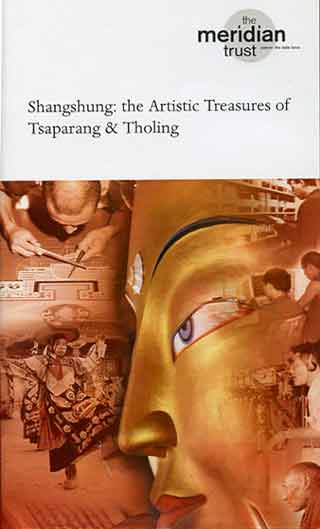
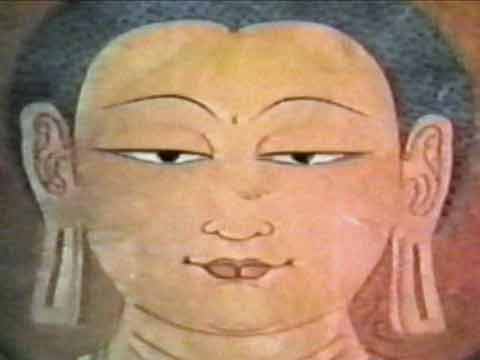
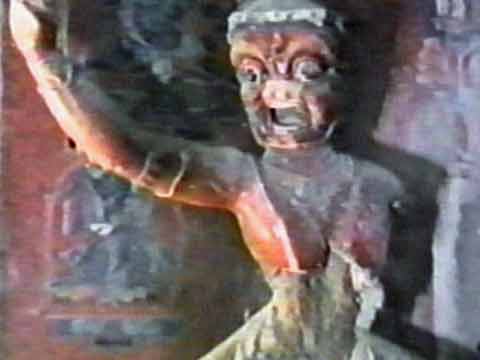

Directed by Brian Beresford. This 60-minute video was filmed in 1988, just after China allowed Westerners to visit the Guge Kingdom. The video starts at Tsaparang and visits each temple. The statues, paintings, and ceiling in The White Temple are my favourites.
They then visit Tholing, seeing the 108 chortens and the crumbling ruins of the Temple of Yeshe O. The White Temple is in fairly good shape, but the Red Temple is very dirty. I especially liked the scenes where they cleaned some of the dirt off, revealing the splendid paintings.
This video helps illustrate the wonderful job people have done cleaning and restoring the temples that you can see when you visit.